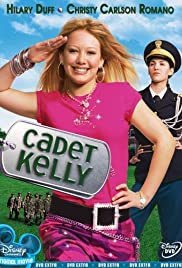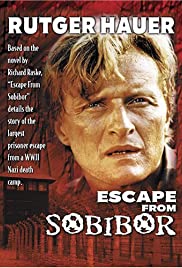Search

“Death is my Trade” centers on the life of Rudolph Höss, the commandant of Auschwitz II-Birkenau for the majority of its existence. The main character’s name in the film is Franz Lang. This name change was deliberate to ensure that the character is not automatically viewed as being some sort of villain or demon. Franz is an average German kid growing up during World War I. The film follows Franz as he grows up and becomes a hard, efficient, organized worker who eventually joins the National Socialist party in Germany. Impressionable young Franz takes orders as one of the utmost points of honor and duty, so when he is eventually asked by Heinrich Himmler to become commandant of the largest extermination camp built during WWII he barely hesitates to consider how heavy such a burden will be.

In this film, edited from eight episodes of Disney’s hit TV series, Don Diego returns home to find his town under the heel of a cruel dictator, Capitan Monastario. Diego dons the mask of Zorro to fight the evil commandant’s tyranny, and, with the help of his mute servant Bernardo, free the pueblo from his oppression.

Hyperactive teenager Kelly is enrolled into a military school when her new stepfather becomes the Commandant. At first she has problems fitting in and taking orders until she tries out for the drill team.

During WWII, the death camp at Treblinka had an escape, causing the Commandant at a similar camp in Sobibor to vow (actually threaten) that his camp would never experience the same thing. But those who were its captives, the Jewish laborers that had been spared from the ovens, knew that they were on borrowed time and that their only hope was to escape… the only question was how to do it. On October 14, 1943, members of the camp’s underground resistance succeeded in covertly killing eleven German officers and a number of Ukrainian guards. Of the 600 inmates in the camp, roughly 300 escaped, although most were later re-captured and killed. The escape forced the Nazis to close the death camp, dismantling it and planting a forest.

Based on the fact-based novel by Nazi-hunter Simon Wiesenthal based on his 1962 prosecution of the head of a Polish factory whom he learns was a murderous labor camp commandant. To be able to take him to justice, he must find witnesses who can help him. This leads him to Max Rosenberg, a still tormented individual who lost his wife, Helen, in the camps. Initially Max refuses to cooperate, but gradually his story unfolds beginning before the Holocaust.